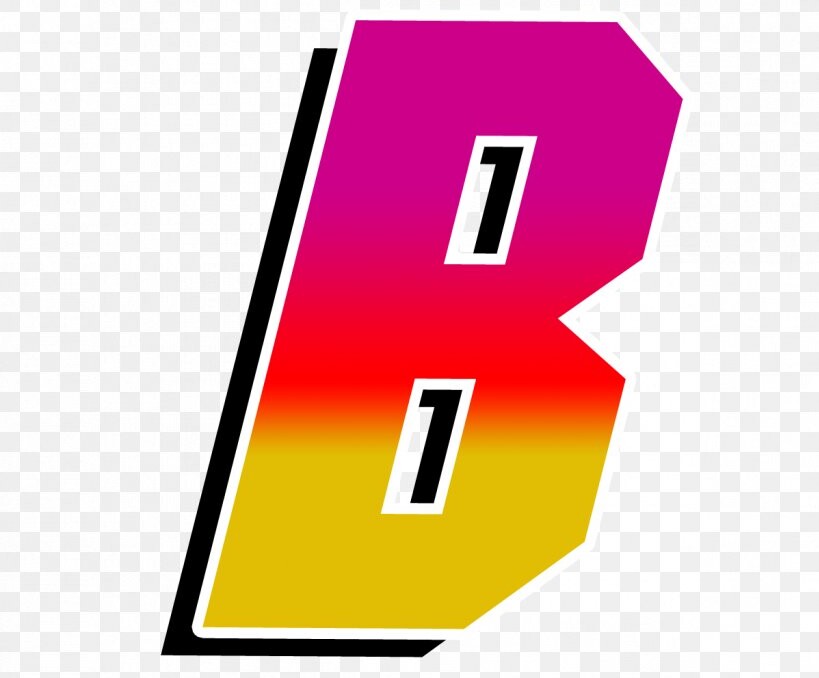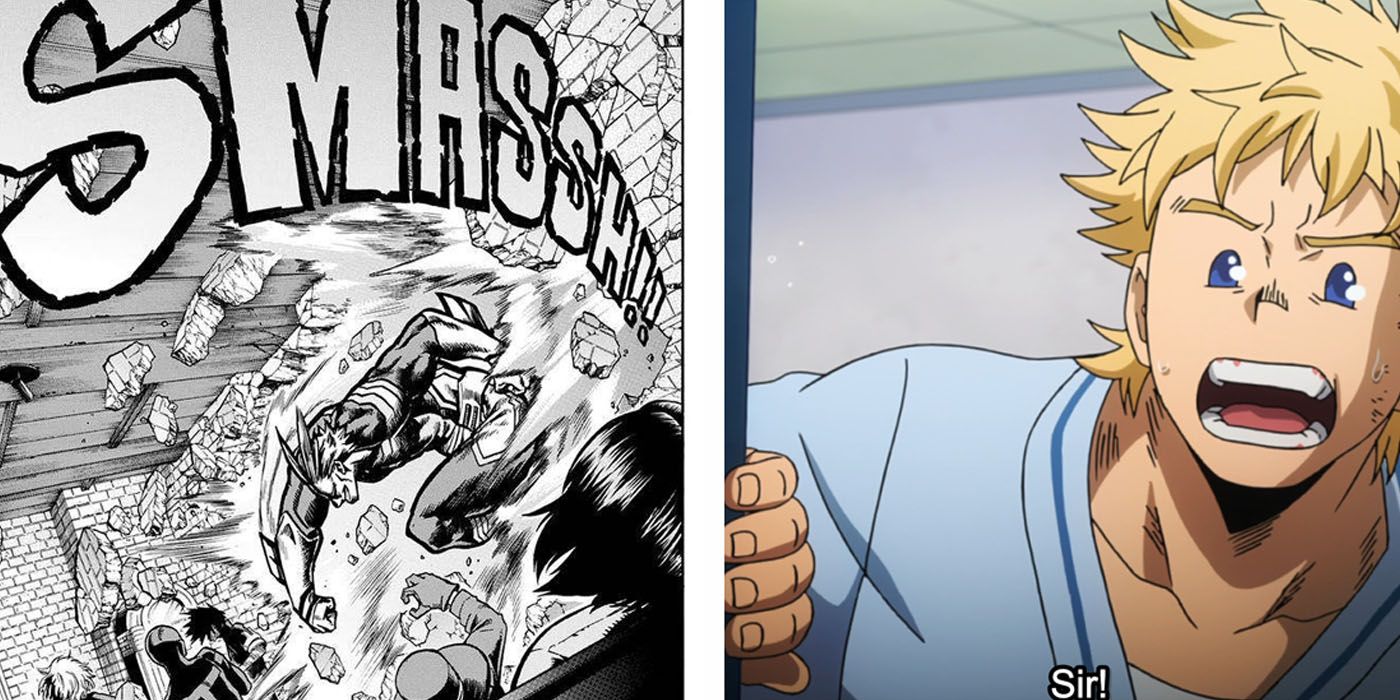Meaning of manga? Dude, it’s way more than just comics! It’s a whole universe of storytelling, art, and culture that’s exploded globally. From its humble beginnings in Japan, manga’s evolved into a massive industry, influencing everything from animation to video games. We’re diving deep into the history, the art styles, the crazy storylines, and the massive cultural impact of this awesome form of sequential art.
Think vibrant artwork, epic battles, heartwarming romances, mind-bending sci-fi – manga’s got it all. We’ll break down the different genres, like shonen (for the boys), shojo (for the girls), and seinen (for the grown-ups), and explore how their unique styles and themes have captivated millions worldwide. Get ready to level up your manga knowledge!
Manga: A Deep Dive into Japanese Comics: Meaning Of Manga
Yo, what’s up, comic book fanatics? Let’s break down the world of manga, the Japanese comic book phenomenon that’s taken the globe by storm. From its humble beginnings to its current global domination, manga is a vibrant and diverse art form with a rich history and a massive cultural impact. We’re gonna explore everything from its unique art styles to its crazy-popular storylines, so buckle up, it’s gonna be a wild ride!
Defining Manga: A Broad Overview
Manga is essentially Japanese comics, but it’s way more than just that. It’s characterized by its distinctive art style, typically featuring large expressive eyes, dynamic action sequences, and a wide range of genres. Its origins trace back to the late 19th and early 20th centuries, evolving from woodblock prints and Western comic influences into the diverse forms we know today.
While sharing similarities with Western comics and graphic novels in terms of sequential art, manga distinguishes itself through its unique aesthetic conventions, storytelling techniques, and cultural context.
Manga Compared to Other Sequential Art, Meaning of manga
Manga, comics, and graphic novels all tell stories through sequential art, but they differ in style and cultural context. Western comics often focus on superhero narratives or specific genres, while graphic novels tend towards more mature themes and complex narratives. Manga encompasses a broader spectrum of genres and styles, often integrating elements of both.
| Manga Genre | Art Style Characteristics |
|---|---|
| Shonen (boys) | Dynamic action, exaggerated features, powerful poses |
| Shojo (girls) | More delicate lines, emphasis on romance and relationships, detailed backgrounds |
| Seinen (young men) | More realistic proportions, darker themes, complex storylines |
| Josei (young women) | Realistic portrayal of adult women, complex relationships, mature themes |
Narrative Structures and Conventions in Manga
Manga storytelling often employs unique techniques to captivate readers. Panel layouts are incredibly dynamic, sometimes using a variety of sizes and shapes to emphasize action or emotion. Common narrative devices include flashbacks, dream sequences, and unreliable narrators. Onomatopoeia (sound effects) and visual effects (speed lines, sweat drops) add another layer of engagement, enhancing the emotional impact and pace of the narrative.
In this topic, you find that deadman wonderland manga set is very useful.
Genre and Themes in Manga
Manga boasts a crazy diverse range of genres, each with its own distinct themes. From action-packed adventures to heartwarming romances, there’s something for everyone.
- Shonen: Action, adventure, fantasy, superpowers
- Shojo: Romance, drama, school life, fantasy
- Seinen: Action, drama, psychological thrillers, horror
- Josei: Romance, drama, slice-of-life, realistic portrayals of adult life
- Kodomomuke: Children’s stories, lighthearted themes
Recurring themes include friendship, perseverance, self-discovery, and the exploration of complex relationships. Thematic concerns vary across genres, with shonen often focusing on overcoming challenges and achieving goals, while shojo explores romantic relationships and emotional growth.
Visual Representation: Imagine a Venn diagram. The overlapping sections represent common themes (friendship, love, loss) shared between different genres. Each genre occupies a separate circle, with unique thematic elements within its area. The size of each circle could reflect the popularity or prevalence of that genre.
Manga’s Cultural Impact and Global Reach
Manga’s influence on pop culture is undeniable. From anime adaptations to fashion trends, its impact is felt worldwide. Its global distribution has exploded, with manga available in countless countries and languages. It’s inspired countless other art forms, influencing everything from video games to music videos.
The Artistic and Technical Aspects of Manga Creation
Creating manga is a collaborative process involving writers, artists, editors, and publishers. The process starts with an initial concept, followed by storyboarding, penciling, inking, and coloring. Different inking styles, from bold and dramatic to delicate and refined, contribute to the overall aesthetic. Coloring techniques range from traditional methods to digital painting, each adding a unique visual flair.
Manga and its Audience: Demographics and Reception
Manga’s readership is incredibly diverse, spanning all ages and demographics. Consumption methods vary, with print volumes remaining popular alongside digital platforms. Critical reception ranges from academic analyses to fan discussions, highlighting the rich tapestry of interpretations and engagement with the medium.
| Reader Type | Preferences |
|---|---|
| Casual Reader | Popular genres, lighthearted stories |
| Avid Reader | Specific genres, deep character development, complex narratives |
| Collector | Limited editions, special releases, physical copies |
| Scholar | Academic analysis, cultural significance |
So, there you have it – a glimpse into the wild and wonderful world of manga! From its rich history and diverse genres to its global influence and passionate fanbase, manga is a force to be reckoned with. Whether you’re a seasoned manga reader or just starting out, we hope this exploration has sparked your curiosity and left you wanting more.
Now go forth and discover your next favorite manga series!



